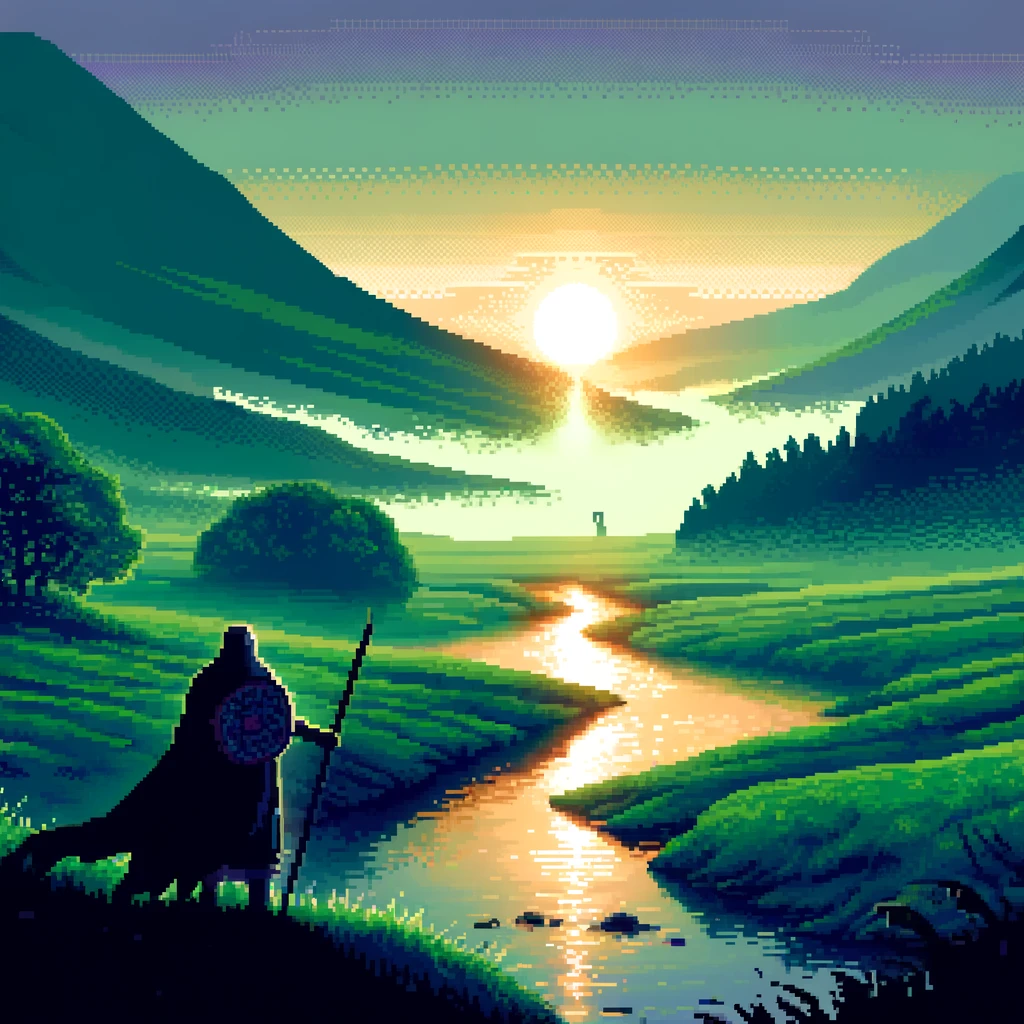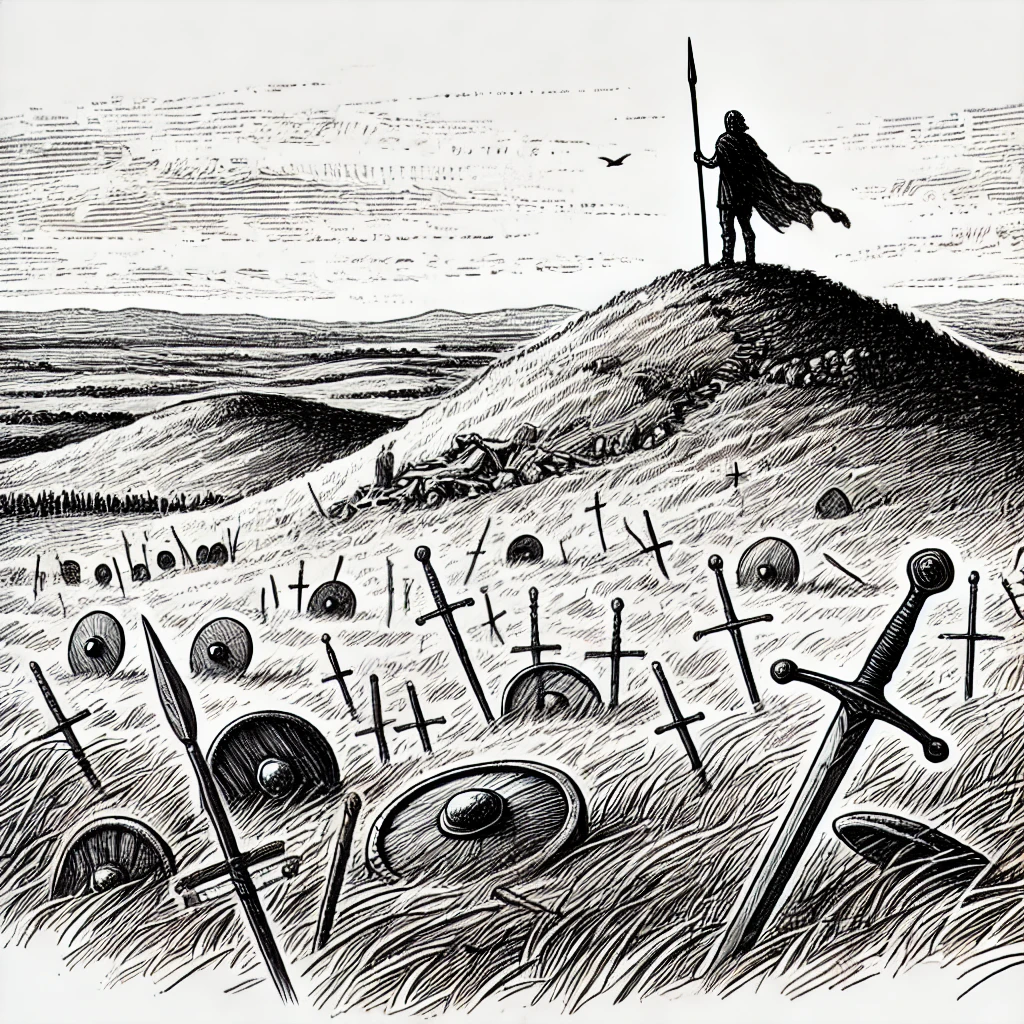Time governs much of our lives, shaping schedules, rituals, and even the stories we tell. Understanding the passage of time is an inescapable fact of life whether in our daily routines or even the fictions we read and write. It’ll be no surprise then that in Irish culture the concept of time holds deep significance, connecting the mundane with the spiritual, and the cyclical patterns of nature with daily human activities. For learners of the Irish language, mastering the basics of time—how to tell it, name days, and discuss routines—opens a doorway to more nuanced communication.
How to Talk About Time in Irish
Telling the Time
Learning to tell the time in Irish is an excellent way to build your confidence with numbers and everyday phrases. To ask what time it is, use:
- Cén t-am é? (Kayn tahm ay) – “What time is it?”
Here’s how to answer:
- Tá sé a haon a chlog. (Taw shay ah HAYN ah KHLOG) – “It is one o’clock.”
- Tá sé a dó a chlog. (Taw shay ah doe ah KHLOG) – “It is two o’clock.”

For half past the hour, say:
- Tá sé leathuair tar éis a haon. (Taw shay LAY-oor tar aysh ah HAYN) – “It is half past one.”
The word leathuair (half-hour) comes from leath, meaning “half,” and uair, meaning “hour,” which traces back to Old Irish and reflects the shared Indo-European root for time.
For a quarter past or to the hour:
- Tá sé ceathrú tar éis a trí. (Taw shay KAH-roo tar aysh ah TREE) – “It is a quarter past three.”
- Tá sé ceathrú chun a ceathair. (Taw shay KAH-roo khun ah KAH-hir) – “It is a quarter to four.”
Days of the Week
The Irish names for the days of the week have deep roots in both Christian and pre-Christian traditions:
- Dé Luain (Jay LOO-in) – Monday
- Dé Máirt (Jay Mawrch) – Tuesday
- Dé Céadaoin (Jay KAY-deen) – Wednesday
- Déardaoin (JAYR-deen) – Thursday
- Dé hAoine (Jay HEEN-uh) – Friday
- Dé Sathairn (Jay SAH-her-in) – Saturday
- Dé Domhnaigh (Jay DOH-nee) – Sunday
The prefix Dé refers to “day” and originates from Old Irish. The names of the days often reflect ancient traditions, like Dé Máirt, which connects to Mars, the Roman god of war, hinting at earlier influences.
Discussing Routine Activities
To talk about routines, use simple phrases:
- Gach lá (Gokh law) – “Every day”
- Dé Luain seo chugainn (Jay LOO-in shuh KHUH-in) – “Next Monday”
- Dé Sathairn seo caite (Jay SAH-her-in shuh KAH-chuh) – “Last Saturday”
Combine these with verbs for practical sentences:
- Éirím gach maidin ag a seacht a chlog. (AY-reem gokh MAH-jin egg ah SHAKT ah KHLOG) – “I wake up every morning at seven o’clock.”
- Téim ag an obair gach lá ag a naoi a chlog. (Taym egg un OH-bir gokh law egg ah NEE ah KHLOG) – “I go to work every day at nine o’clock.”
Time-Related Idioms
Irish time-related idioms reveal a philosophical approach to life:
- Is maith an t-am é. (Iss mah un tahm ay) – “It is a good time.”
- Ní bhíonn an rath ach mar a mbíonn an smacht. (Nee VEE-un un rah ahk mar ah MEE-un un SMAKH-tuh) – “Success only comes where there is discipline.”
These phrases connect time to wisdom and values, emphasizing how moments are linked to action and intention.
Time in Ancient Irish Texts
In early Irish texts, the concept of time is often tied to ritual and cosmic significance. One notable example can be seen in Lady Gregory’s book on Irish Mythology, where the portrayal of time often merges the cyclical rhythms of nature with the linearity of human action, offering a uniquely Irish perspective on temporal concepts. An example of this can be seen in the descriptions of battles and their alignment with specific times of day, seasons, and ritualistic moments, underscoring the cultural and linguistic significance of time.
Consider this excerpt, which illustrates how time is both practical and symbolic:
“A wonderful morning for a battle, a wonderful time when armies will be thrown into confusion, kings will be overthrown, men’s necks will be broken and the sand will be red with blood. Three armies will be overcome in the wake of the army led by Conchobar.”
Here, time is used not just to mark a moment but to evoke the inevitability of fate and the gravity of the events unfolding. This poetic invocation of time reflects a broader cultural tendency in ancient Irish literature to link human endeavors with natural and cosmic cycles.
This tradition influences modern Irish language in several ways. For instance:

- Seasonal Markers: Words like Samhain (summer’s end) and Imbolc (early spring) encapsulate seasonal shifts, tying human activity to agricultural and spiritual rhythms.
- Temporal Descriptions in Irish Grammar: The Irish language places emphasis on time with nuanced verb tenses and habitual aspects, reflective of the timeless, ongoing cycles depicted in ancient texts.
Lady Gregory’s works preserve and celebrate this temporal worldview, emphasizing the interconnectedness of past, present, and future. By engaging with these narratives, learners of Irish not only grasp the mechanics of the language but also its profound relationship with time. This perspective enriches their understanding of the linguistic and cultural tapestry of Ireland, where time is more than a measure—it is a narrative force.
Conclusion
Time in Irish is more than a way to track hours and days—it’s a reflection of how people live, plan, and connect with their surroundings. From practical phrases like Cén t-am é? to the deep cultural resonance of time in ancient texts, learning to talk about time in Irish offers both practical skills and a richer understanding of the language’s cultural roots. As you practice these phrases, you’re not just telling time—you’re engaging with a tradition that intertwines the mundane and the sacred.
To find out more about my writing journey please here or to contact me see here.
Disclaimer: This post was written with the support of an AI assistant.

Leave a Reply
You must be logged in to post a comment.